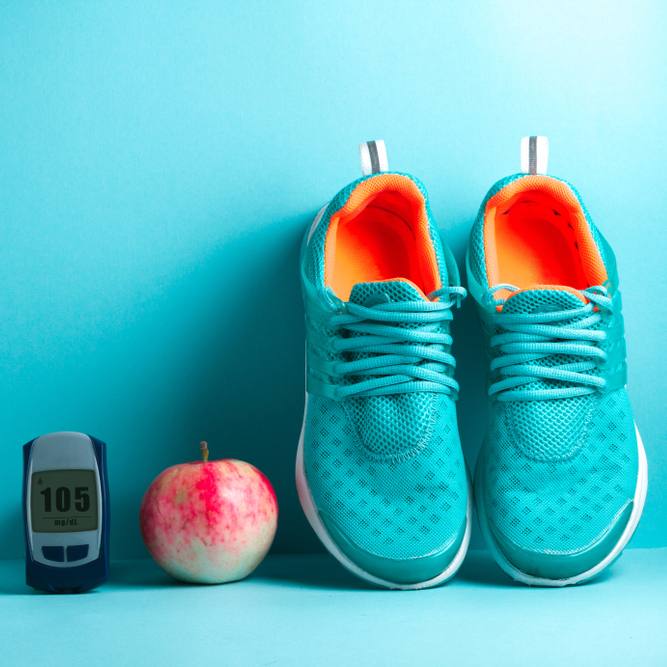-
Five Ways Patients and Care Providers Can Improve Health Care
Instead of wondering what your doctor wrote in your patient record after a visit, ask him or her to read back the notes to ensure accuracy. That's one of five simple steps Mayo Clinic suggests doctors and patients take to improve health care quality. Mayo Clinic defines quality as a comprehensive look at all aspects of a patient’s experience, including excellent care, the best medical knowledge and experience, access to the best technology, and staff demonstrating kindness and hope. Here are five ways patients and care givers can help improve quality:
- Ask your doctor to read medical notes after a consult
- Use patient apps to improve access

- Implement safety tracking systems
- Take someone you trust to the hospital/doctor with you
- Include patient photos in medical records
Mayo Clinic is recognized for high-quality patient care more often than any other academic medical center in the nation. Through its Center for the Science of Health Care Delivery and other efforts, Mayo continually works to improve cost and quality through measures large and small.
The following organizations recognize Mayo Clinic for high levels of quality and safety: U.S. News & World Report Best Hospitals Honor Roll; UHC Quality Leadership Award; The Leapfrog Group Top Hospitals; Leapfrog Hospital Safety Score; ACNN Nursing Magnet Status; Consumer Reports Hospital Safety; American College of Surgeons and National Surgical Quality Improvement Program.
Click here for news release:
Journalists: Video for Patient App, Dermatitis App, Anxiety App, sponge counting for safety tracking, patients having photos taken and patients with a physician are available in the downloads
_____________________________________________________________________________________
///VO Quality Patient Help Broll
Up to 200 times a day Mayo Clinic patients step up to the admissions counter in Rochester, Minn. and smile for the camera. It's one more safeguard the world reknowned medical facility takes to reduce the risk of medical errors.
In addition to name, date of birth and clinic number, the photograph becomes part of each patient's electronic medical record throughout Mayo Clinic's system, providing one more piece of information to help ensure patient identity. That means all staff, from the front desk, to the exam room, to Mayo Personel administering tests can verify that the person in front of them matches the photo for the patient file they see on their computer screen.
Mayo Clinic launched the project with its own employees' photos in 2008 and then expanded it to include the general patient population in 2009. The process takes less than a minute in most cases. Participation is purely voluntary for all patients ages 2 and up, and the photos are treated as securely as any other medical information.
///VO Quality Patient Photo Broll
Physical Medicine and Rehabilitation Specialist Karen Newcomer, M.D., has made it part of her routine to dictate her notes while patients are still in the exam room. Dr. Newcomer says it gives patients one more opportunity to hear her findings and to ask questions. She also reports that patients are more likely to follow through with their prescribed exercises when they understand how it will help their healing process.
In a study published in the October 2, 2012, issue of Annals of Internal Medicine, it was reported that, in 2011, 34 percent of U.S. physicians were sharing clinical notes wiQuality_NRth their patients. That's doubled from the 17 percent sharing notes with patients in 2008.
Related Articles







